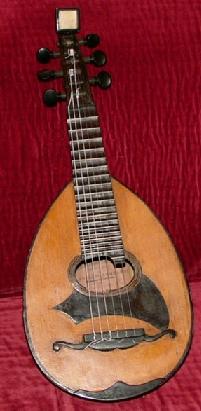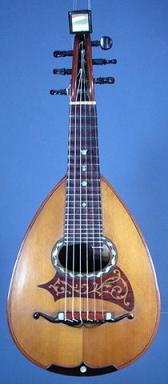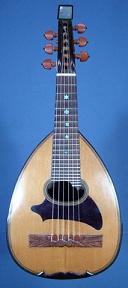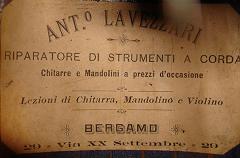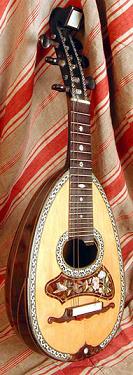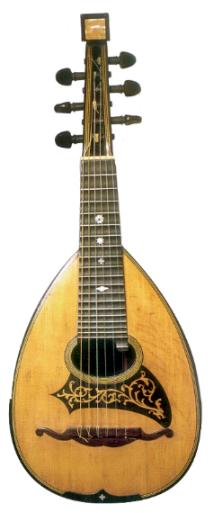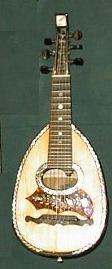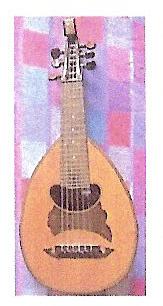|
The Milanese and Lombardy Mandolin The 'mandolino', developed from the early C17, had a small slender lute-like body with a sickle-shaped tuning-head ending in a square with pegs from both sides. The fingerboard was flush with the front and originally had tied-on gut frets. The rosette is carved in the front or inserted layered parchment, and the bridge fixed. It had either 6 or 12 strings in pairs. The Milanese and Lombardic mandolins were the last of the mandolinos. The latter was built until around 1900. The original Milanese became known as the 'Lombardo' or 'mandore' with the addition of a full raised fingerboard, often oval sound hole, and sometimes a scratch plate. The transition was gradual however, and it is not always easy to attribute a mandolin with one name or the other. Antonio Monzino of Milan born in 1725 was a renowned maker of Milanese mandolins. His family made them for 6 generations and some say that it was he who invented this mandolin.
|
|||||
| Lombardic Mandolins | |||||
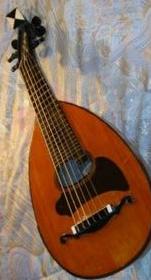
Carlo Albertini, Milan |
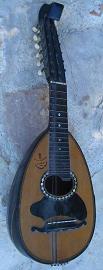
S. Casini, Firenza |
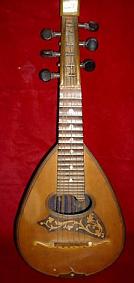
Constant Montani, Milan |
Carlo Albertini, Milan |
Carisch & Janichen, Milan |
Antonio Lavezzari, Bergamo |
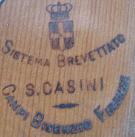 |
|
||||
|
Serafino Casini 1896 (thanks to Jim Garber) |
Unknown |
S. Casini 1894 |
Brescian by C. Albertini |
Fratelli Rossi, Rome |
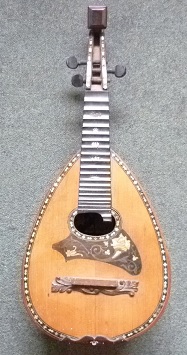
A Monzino & Figli |
